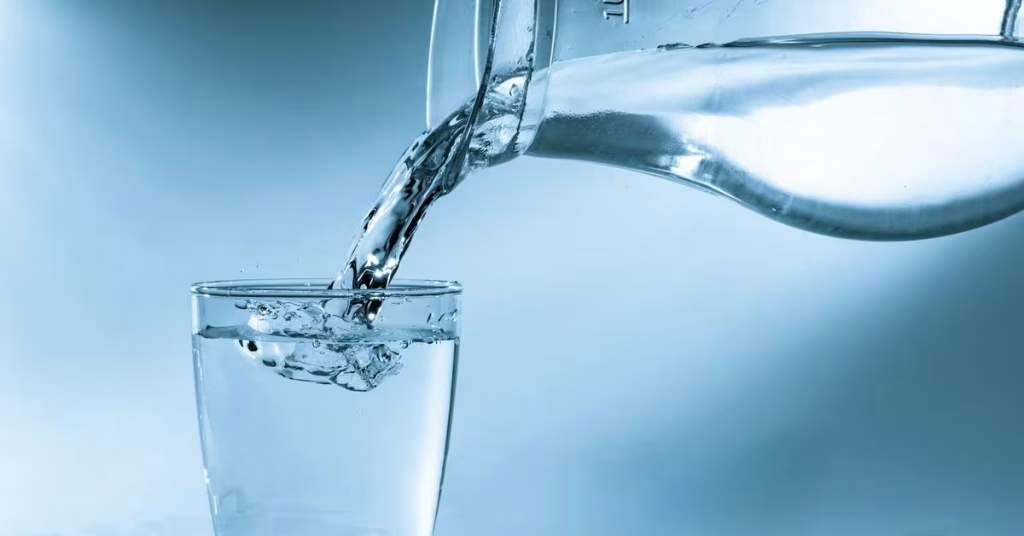A growing number of people are ditching treated tap water and bottled water in favor of raw water—untreated, unfiltered, and straight from natural springs. Supporters claim it’s healthier and more natural, but experts warn of potential dangers.
What Is Raw Water?
Raw water is sourced directly from springs, streams, or underground aquifers without undergoing filtration or chemical treatment. Advocates believe that modern water purification removes essential minerals and beneficial bacteria, making raw water a purer alternative. Companies like Live Water and Tourmaline Spring have capitalized on the trend, selling raw water at premium prices.
Why Is Raw Water So Popular?
The movement has gained traction due to increasing skepticism about municipal water supplies. Concerns over fluoride, chlorine, and lead contamination in tap water have led many to seek alternatives. Additionally, wellness enthusiasts believe raw water is “alive” with probiotics and minerals that improve digestion and hydration.
Pros of Raw Water
- Rich in natural minerals – Raw water contains essential minerals like magnesium and calcium, which are often removed during filtration.
- No chemical additives – It lacks chlorine, fluoride, and other chemicals used in municipal water systems.
- Eco-friendly – Some argue it’s more sustainable than bottled water since it doesn’t involve plastic packaging or heavy processing.
Cons of Raw Water
- Risk of contamination – Raw water may contain harmful bacteria, viruses, or parasites like E. coli and Giardia, leading to serious health issues.
- Lack of regulation – Unlike tap water, raw water isn’t monitored for safety, making it a gamble for consumers.
- High cost – Some brands charge up to $20 per gallon, making it significantly more expensive than filtered water.
While the raw water trend appeals to those seeking a more natural lifestyle, experts caution against the risks. It’s a trend that may be more about perception than real health benefits.



